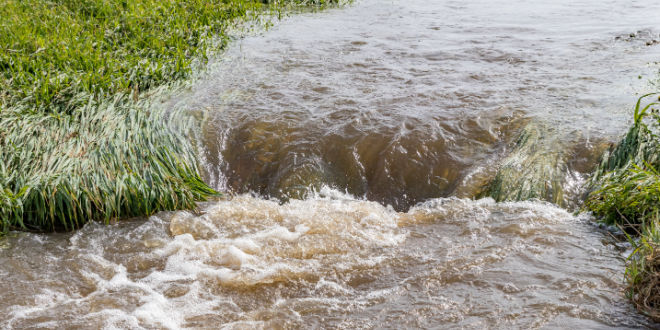Seizing the opportunity from an extremely wet winter and spring to boost groundwater levels, the State Water Resources Control Board since late December 2022 has authorized the diversion of 1.2 million acre-feet of water – more than enough to fill the Folsom Reservoir – for underground storage, wildlife refuges and other purposes.
“Planning for future dry conditions is critical to protecting our communities, health, and our environment,” said California Secretary for Environmental Protection Yana Garcia. “The state has taken unprecedented action to leverage the benefits of our recent wet weather by replenishing our groundwater resources through recharge, and we look forward to achieving even more progress in the future with partners across the state. This is just one example of how our state is creating a more resilient water supply for all Californians in the face of climate-driven weather extremes.”
The board issued nine 180-day permits this season – all but one for recharge projects in the Central Valley – and in January granted its first five-year permit to the Omochumne-Hartnell Water District, enabling the district to divert 2,444 acre-feet from the Cosumnes River in Sacramento County. The newer five-year temporary permits require more review than seasonal permits but ultimately allow local agencies greater certainty and flexibility to implement their groundwater storage programs.
“This is the most water we have made available for groundwater recharge in such a short amount of time,” said E. Joaquin Esquivel, chair of the State Water Board. “It speaks to how efficient our temporary permitting process has become since the state first prioritized capturing stormwater underground. However, the pace of extreme weather events challenges all of us to accelerate our recharge efforts. Now is the time for applicants to plan for next winter so we can take full advantage of wet seasons to boost our drought resilience and help our groundwater basins recover.”
The amount of water diverted under the permits will be known after reporting by permittees later this fall. The volume of permitted underground storage projects does not include additional recharge facilitated by the Governor’s recent Executive Orders, which so far has resulted in the diversion of an estimated 90,000 acre-feet of additional water from flooding surface waters to underground aquifers.
 California Water News Daily Your Source For Water News in California
California Water News Daily Your Source For Water News in California


